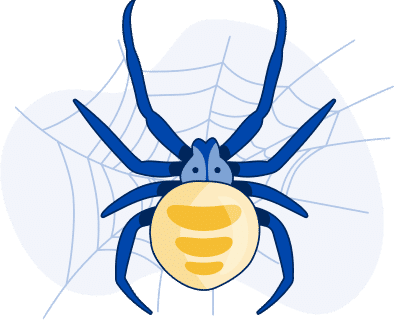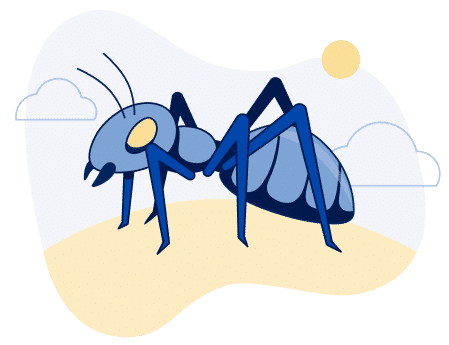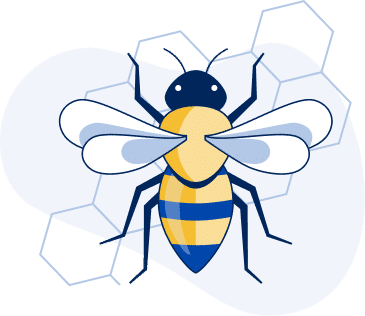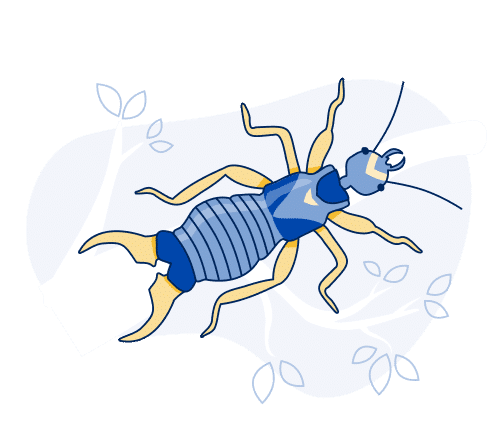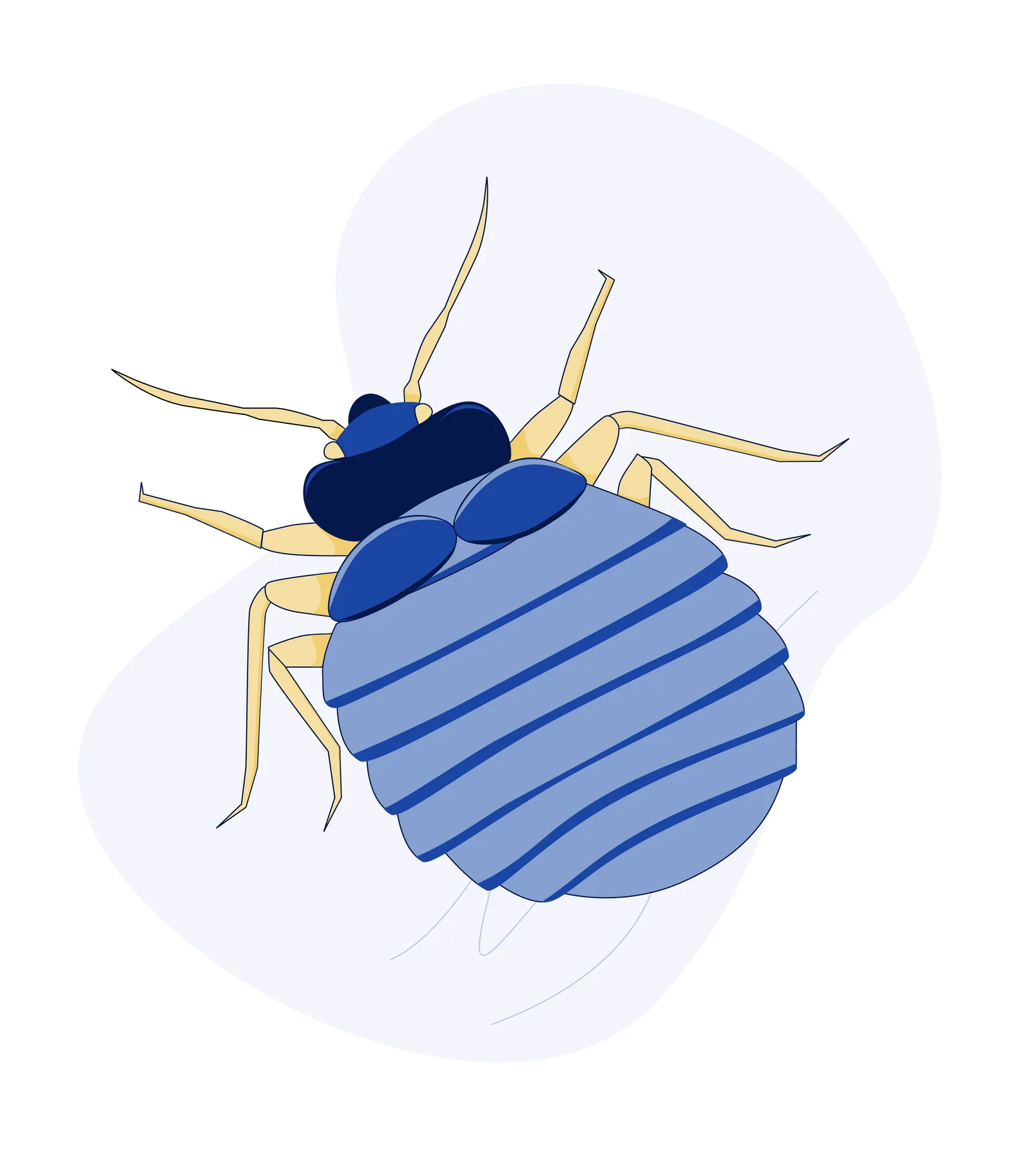Understanding the Lifecycle of Ticks and How to Prevent Them
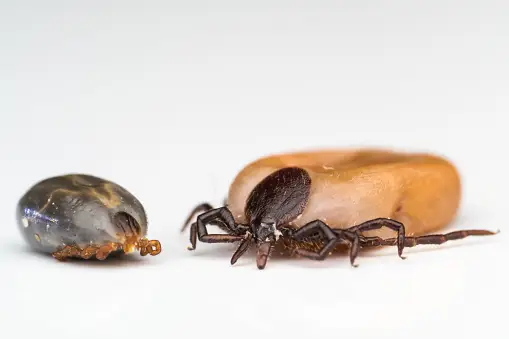
Ticks are tiny pests that can cause big problems. They can carry diseases that are harmful to both humans and pets. That’s why it’s important to understand their lifecycle and how to prevent them from taking up residence in your home or yard. In this blog post, we’ll take a closer look at the lifecycle of ticks and provide you with some tips for tick control and prevention.
The Lifecycle of Ticks
Ticks have a complex lifecycle that includes four stages: egg, larva, nymph, and adult. Understanding these stages can help you identify when and where ticks are most likely to be present.
Egg Stage
The tick lifecycle begins when an adult female tick lays her eggs. She can lay hundreds of eggs at a time, usually in a damp, protected area such as leaf litter or undergrowth. The eggs are oval-shaped and about the size of a grain of sand. After laying her eggs, the female tick dies.
Larval Stage
When the eggs hatch, they release tiny, six-legged larvae. These larvae are very small and can be difficult to see with the naked eye. They are usually no bigger than a poppy seed. Larvae are not born infected with any diseases but can pick up disease-causing bacteria if they feed on an infected host. They feed on the blood of small animals such as mice or birds. After feeding, the larvae drop off the host and molt into the next stage.
Feeding Behavior of Larvae
Larvae crawl to the tips of grass blades or the edges of leaves, where they lie in wait for a suitable host to brush by. They then attach themselves to the host and begin to feed on its blood. Larvae feed for several days and then detach and molt into the nymph stage.
Nymph Stage
The nymph stage is the most dangerous for humans and pets because nymphs are very small and can easily go unnoticed. Nymphs are about the size of a poppy seed and have eight legs. They feed on the blood of larger animals, including humans and pets. Nymphs are most active in the spring and summer months, and they prefer warm, humid environments. Like the larvae, nymphs are not born infected with any diseases but can pick up disease-causing bacteria if they feed on an infected host. After feeding, the nymphs drop off the host and molt into the adult stage.
Feeding Behavior of Nymphs
Nymphs are active from May to July, and they prefer to feed on small rodents or birds. They are often found in wooded areas, but can also be found in grassy areas and on humans or pets. Nymphs can feed for up to 4 days before detaching and molting into the adult stage.
Adult Stage
Adult ticks are larger than nymphs and can be easier to spot. They have eight legs and are about the size of a sesame seed. They feed on the blood of larger animals such as deer and dogs. Adult ticks are most active in the fall and spring, but they can be active year-round in warmer climates. After feeding, the female ticks lay their eggs, and the cycle starts all over again.
Feeding Behavior of Adults
Adult ticks attach to their hosts by inserting their mouthparts into the skin. They then begin to feed on the host’s blood and can remain attached for several days. Adult ticks are often found in wooded or grassy areas, but can also be found in backyards, parks, and other outdoor spaces They can attach to humans, pets, and wildlife.
Tick Prevention
Now that we understand the lifecycle of ticks, let’s look at some tips for preventing tick infestations in your home and yard.
Keep Your Yard Tidy
Ticks thrive in tall grass and brush, so it’s important to keep your yard tidy. Mow your lawn regularly, and keep bushes and shrubs trimmed. Remove leaf litter and other debris from your yard, and stack firewood in a dry area away from the house.
Use Tick Repellent
When you’re spending time outdoors, use a tick repellent that contains DEET or permethrin. Apply the repellent to your skin, clothing, and shoes. Be sure to follow the instructions on the label and avoid getting the repellent in your eyes or mouth.
Check for ticks
After spending time outdoors, check yourself, your children, and your pets for ticks. Pay close attention to areas such as the scalp, behind the ears, and around the waistband. If you find a tick, remove it immediately using tweezers or a tick removal tool. Grasp the tick as close to the skin as possible and pull upward with steady, even pressure.
Consider Hiring a Pest Control Professional
If you have a tick problem in your home or yard, consider hiring a pest control professional. A professional can identify the source of the problem and provide you with targeted solutions that are safe and effective.
Conclusion
Ticks are a serious problem that can cause harm to both humans and pets. Understanding their lifecycle and taking steps to prevent infestations can help protect your family and your home. Remember to keep your yard tidy, use tick repellent, check for ticks after spending time outdoors, and consider hiring a pest control professional if you have a tick problem.
At Serve Pest Control, we specialize in tick control and prevention. Our team of experienced professionals can help you identify the source of your tick problem and provide you with targeted solutions that are safe and effective. Contact us today to schedule a consultation and learn more about our tick control services.

